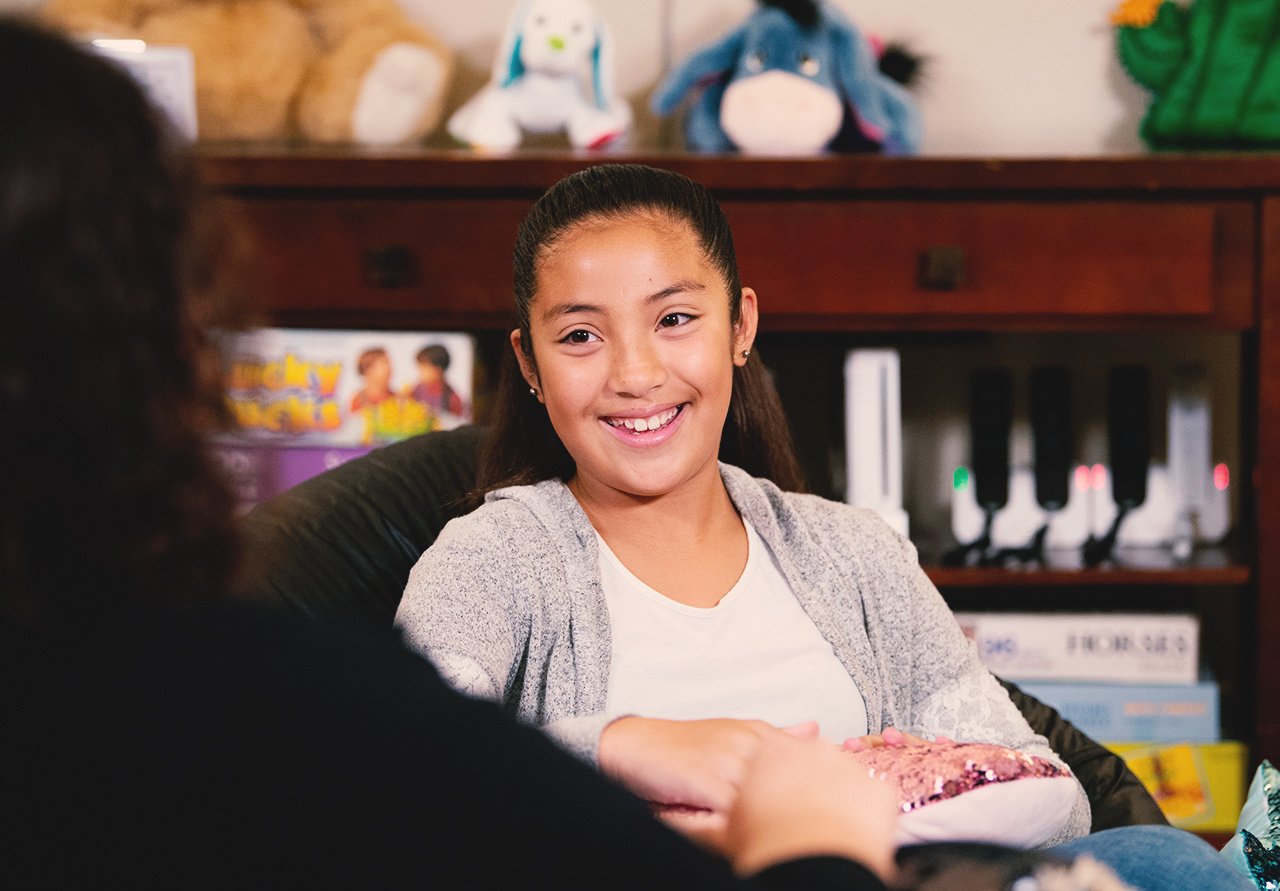
Repeated exposure to on-screen violence may contribute to desensitization, or a lack of response when witnessing a real-life act of violence. Thanks to the prevalence and affordability of smartphones, teens and children have access to sex and violence on demand in their pockets.
(click to enlarge graphic)
Share this Image On Your Site
Ease of exposure
Researchers have been concerned with growing media violence and the effect that it has on individuals for decades. Research started in the early seventies as television content changed and started to show mild forms of violence. Media deregulation in the eighties, along with the growing popularity cable TV and VHS, changed the way people viewed content. It also made it easier for teens and kids to view adult content without any parental supervision. Trends continued throughout the next two decades with the growing popularity of violent films and TV shows.
It’s now easier than ever to view on-screen high-definition violence with the availability of smartphones and tablets. How many kids have access to smartphones? According to Growing Wireless, 56 percent of children ages 8 to 12 have a smartphone. As children get older, that number explodes to over 90 percent. A 2016 survey by Common Sense Media said that half of those kids feel like they’re addicted to their phones.
RELATED: The Digital Diet of the American Teen
Logan Paul and desensitized prank culture
Logan Paul is a popular YouTube star and vlogger. On December 31, Logan uploaded a YouTube vlog of himself walking through the Aokigahara Forest in Japan, unfortunately, known as the Aokigahara Suicide Forest. It’s the world’s second most popular place to take one’s life.
The video shows Logan, his friends, and production staff stumbling upon a body in the forest, presumably a victim of suicide. The video –viewed over six million times before it was deleted – shows him laughing and joking. YouTube prank videos generally capitalize on shock value with their young viewers. It was clear that the shock culture behind many of Logan’s videos played into the decision to upload the Aokigahara Forest clip to his YouTube account. His brand of shock and prank videos garners millions of views, typically from a younger audience demographic. After the video made its way around the internet, it was clear that Logan Paul had gone too far.
Almost immediately after the video was removed, Logan uploaded an apology video which seemed to follow the narrative of most remorseful celebrity apology videos. Logan noted on Twitter that the video was not uploaded for views, but it’s difficult to see it any other way. There’s a monetary value to every video upload. Would Logan have apologized if it were not for the worldwide outrage to the video?
The controversial video garnered thousands of Likes before it was removed by Logan. It’s a shocking example of how the teenage demographic has become desensitized to graphic imagery and outlandish content.
What are the effects of media violence?
Psychologists have been studying the potential effects of violence in the media for years. According to the APA, research on the effects of viewing real violence on television has found a desensitizing effect and potential for aggression. After decades of research, there is evidence to suggest that viewing real violence on screen may result in children becoming less sensitive to the pain and suffering of others and becoming more likely to behave in an aggressive fashion toward others. However, as the APA notes, “research by psychologists Douglas Gentile and Brad Bushman, among others, suggested that exposure to media violence is just one of several factors that can contribute to aggressive behavior.”
When it comes to violent video games, conclusions regarding desensitization to violence have been mixed. Psychologist Christopher J. Ferguson contends that research done on video game violence in a lab setting has not translated to the real world. Ferguson also suggests that most of the research regarding video game violence fails to take into account other variables such as mental health and family upbringing. These conclusions have been updated by Ferguson more recently in this Huffington Post article.
Our unfortunate history of desensitization
One of the most famous “lack of response” cases of involves the attack and murder of Kitty Genovese in 1964 in the New York City borough of Queens, long before the internet.
After the attack, the New York Times published a long report claiming that 38 witnesses saw or heard the attack but failed to contact the authorities. The situation birthed what is known as the “bystander effect” or “Genovese syndrome.” The bystander effect proposes that a large number of bystanders decrease the likelihood that one of them will step forward and intervene. However, in 2015, Genovese’s brother said police were actually called twice but did not respond. Additionally, the New York Times also noted that its own report exaggerated the number of witnesses it thought were present during the attack.
While it probably isn’t likely that any of the witnesses in the Kitty Genovese case showed desensitization from media, the tragic events provide other insights. When the killer was apprehended, he famously remarked when asked why he attacked a woman in a public setting, “I knew they wouldn’t do anything, people never do” (Seedman & Hellman, 1974, p. 100).
READ MORE: Media Ratings Guide
Looking ahead at the changing media landscape
Ease of exposure to harmful video content will only accelerate in the future. Virtual reality and augmented reality are on the horizon and primed to explode with popularity. In 2018, Android and iOS devices will be able to provide better-augmented reality experiences than ever before, changing the way we use our mobile devices to buy products and consume media.
Fiction and reality will continue to blend, making it more difficult for our brains to discern what is real and what is not. It will be up to parents of children and teenagers to stay involved and set limits on appropriate content and the amount of time used in a virtual reality.
Keeping tabs on your teen
Parents today are generally less concerned about privacy settings on their television and more concerned about how to keep tabs on their child’s smartphone or tablet. Nearly all teenagers are using the internet on their smartphone to view video content and use social media.
It’s your right as a parent to monitor your child and provide a safe online experience. Free video content found on YouTube can be regulated with parental controls. Turning on Google SafeSearch in your smartphone’s internet browser will automatically filter out unsafe search content as well as video content from YouTube.
Android and iPhone operating systems also provide parent control restrictions that help limit unsafe apps, music, movies, websites, and more.
Google Family Link families.google.com/familylink
Apple Parental Control support.apple.com/en-us/HT201304











